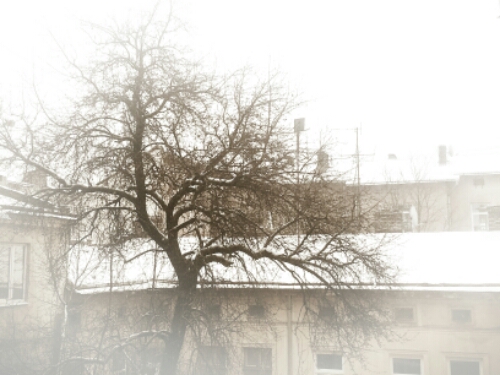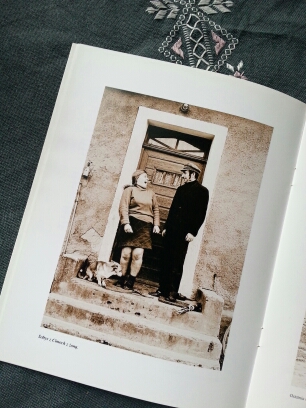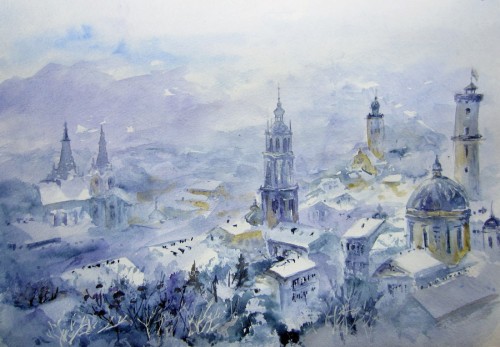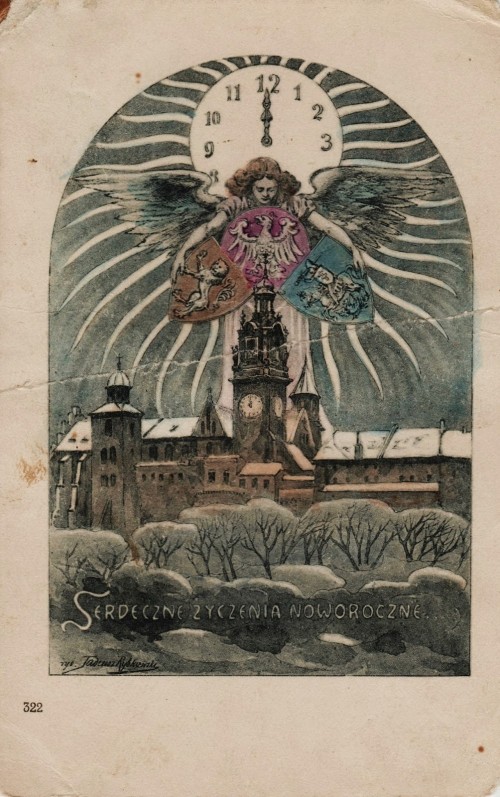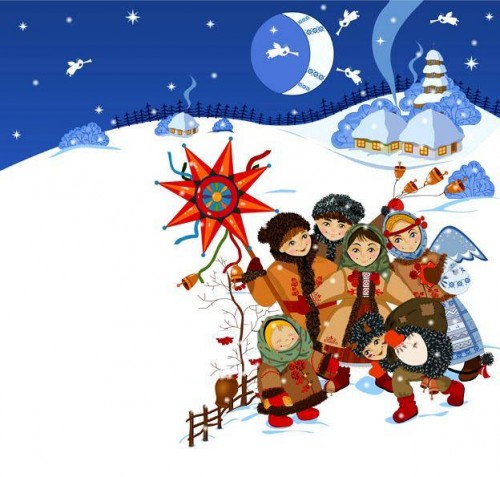(Läsningstid: 2 minuter)Idag har det varit en speciell dag i mitt liv. Jag blev hembjuden till mina grannar. Anja och Volodymyr. Samt deras blyga katt Murtjik.
Under min tid här har jag blivit hembjuden till väldigt många härliga människor. Härliga människor är jag verkligen bortskämd med här i Lviv. Men det som är speciellt med just kvällens inbjudan är att det är första gången jag blivit hembjuden till mina ukrainska grannar. Första gången jag blivit hembjuden till några som inte kan ett ord engelska.
Deras enda språk är ukrainska. Ryska kan de inte heller särskilt bra, menade de. “Vad spelar det för roll? Vi har ju klarat oss på våra resor.” Och det är ju sant. De har varit i Polen, Österrike, Schweiz, Grekland, Turkiet, Palestina, Israel, men inte i Ryssland, till la de.
“Folk är ju som här. Man går på kafé. Äter gott. Dricker öl, vin.” menade Anja. “Men kanske inte lika mycket gorilka/vodka”, fyllde Volodymyr i (med ett sting av besvikelse). “Och på något sätt kan man alltid prata med varandra ändå,” sammanfattade sina resor.
Bordet var förstås dukat till bredden med godsaker. Och vinet från Odesa var utsökt. Men Volodymyr tjurade lite för att jag inte ville dricka vodka. “Nästa gång ska vi dricka vodka”, lovade jag. Volodymyr verkade godkänna den ursäkten 😉
Det blev ingen bild. På något sätt kändes det inte rätt. Anja har varit med om en otäck bilolycka, och trots att det snart är tre månader sedan kan man ännu se ärren i hennes ansikte.
Det får bli en bild på vår julsill istället. Lagen är kokad och ska nu kallna.

Ps. Jag fick också veta att i min lägenhet bodde det tidigare en judisk familj, där mannen i huset älskade att äta matsa (judiskt osyrat bröd) med sylt på. Särskilt på påsken. Han var tydligen lite eljest, så det har alltså bott ett original här före mig…


